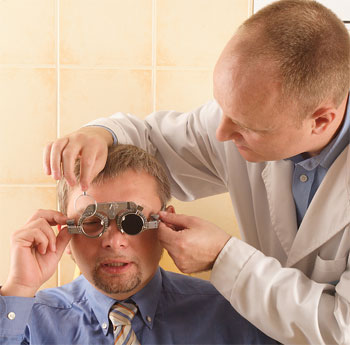Panasonic have revealed that they are working closely with the Japanese government to put safety guidelines in place for the impending rush of 3D TV displays that we will undoubtedly see over the course of the next few years. The Japanese government recently called for Google to increase the restrictions on its Android mobile operating system to include more parental controls, and now it appears that they have similar worries about the forthcoming 3D technology.

Panasonic President Fumio Ohtsubo said during the Consumer Electronics Show (CES) 2011 in Las Vegas that the company had already started the preliminary negotiations to put together a 3D health and safety board with the Japanese government to ensure that all 3D products released in the country are safe and ethical. Although Japan is the only country that has raised these concerns at this time, any apprehension over the potential negative side effects of 3D television technology within the scientific community will likely force more establishments to take a look at what these side effects could include.
The worry over the potentially damaging effects skyrocketed after Nintendo announced that their upcoming glasses-free Nintendo 3DS should not be used by children under the age of six because it could potentially damage their vision. While there is no medical evidence that 3D viewing causes any long term damage to one’s eyesight, it will be interesting to see what further testing on the matter concludes.
Panasonic, a Japanese company, has previously worked hand in hand with the government to make sure that their products are both safe and ethical. LG also recently caused a stir when they suggested that active-shutter 3D glass could be damaging to eyesight, which is one of the main reasons why the Korean TV manufacturer is switching its focus to polarized/ passive 3D TVs with FPR (Film Patterned Retarder) panels. Now, testing will begin to determine the possible side effects and figure out which technologies are safe… some very interesting times ahead indeed.